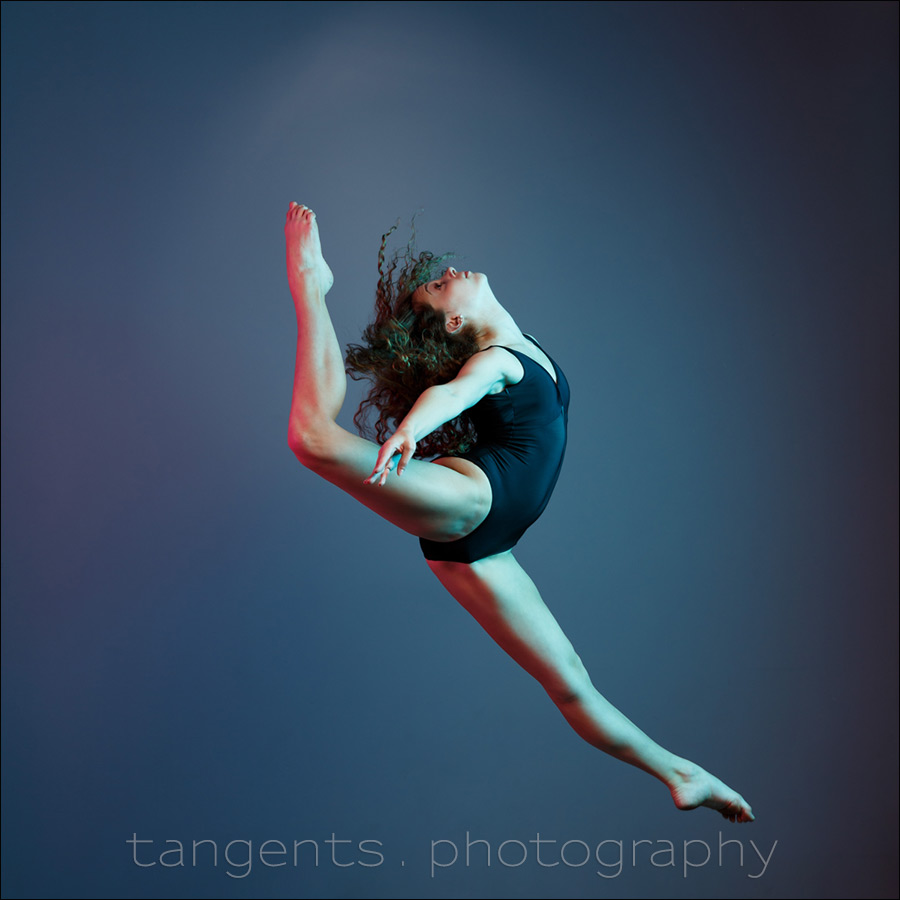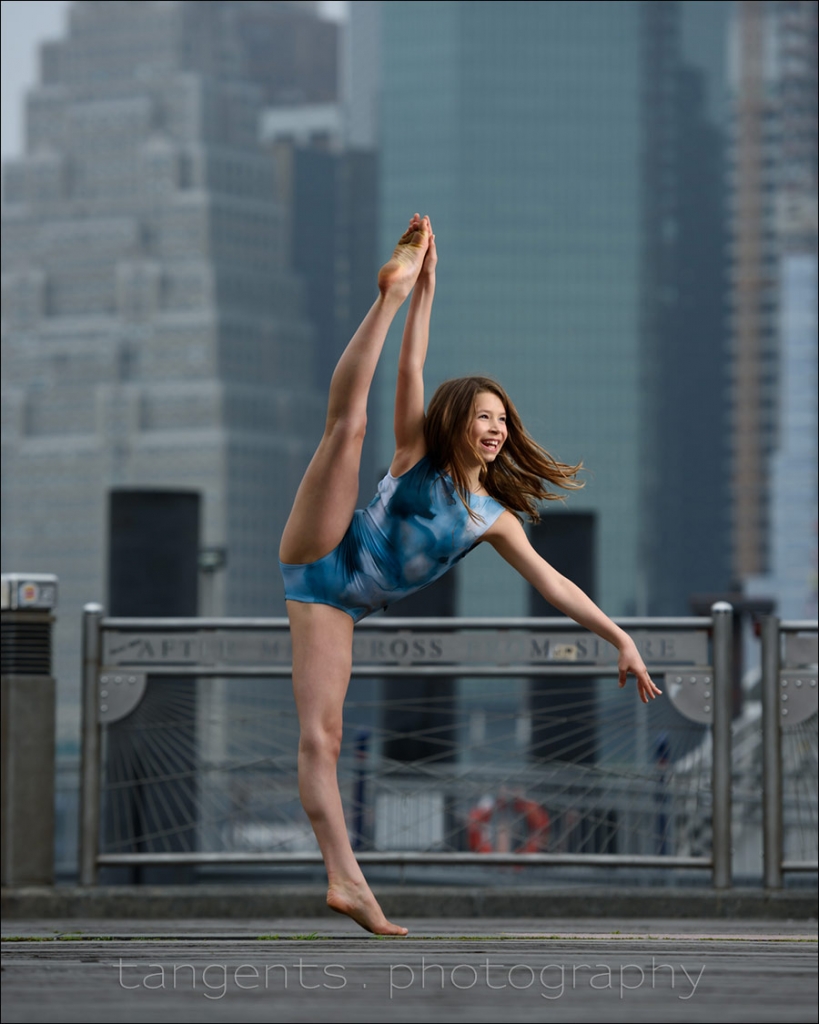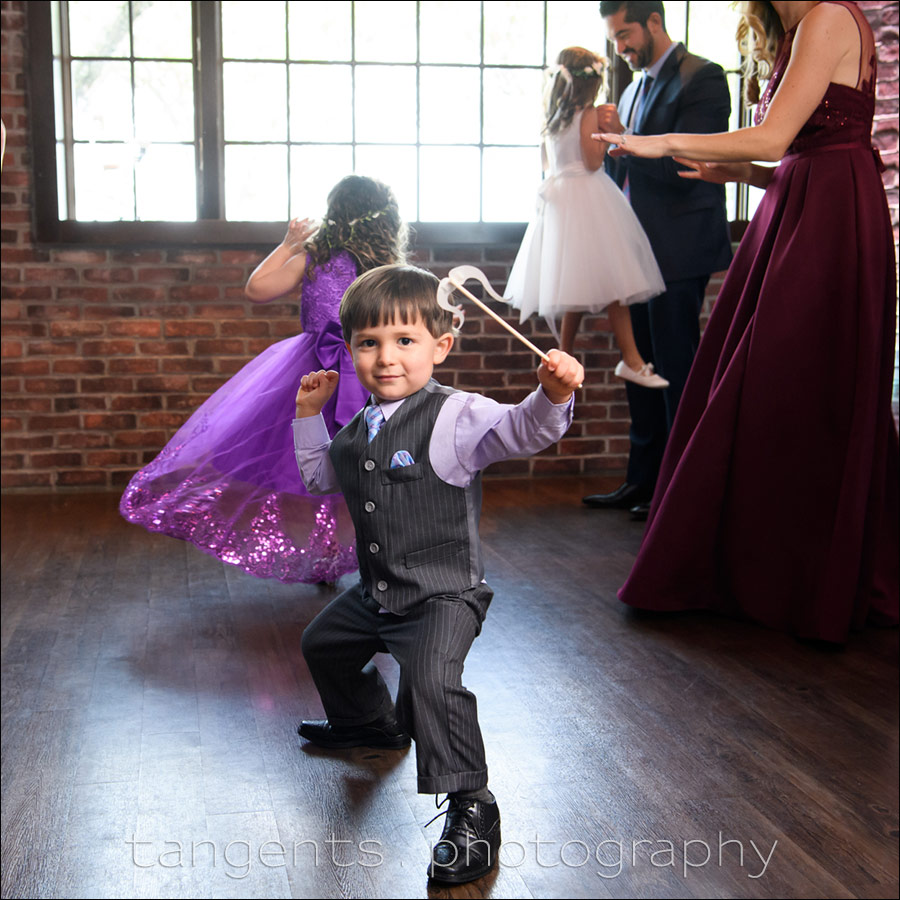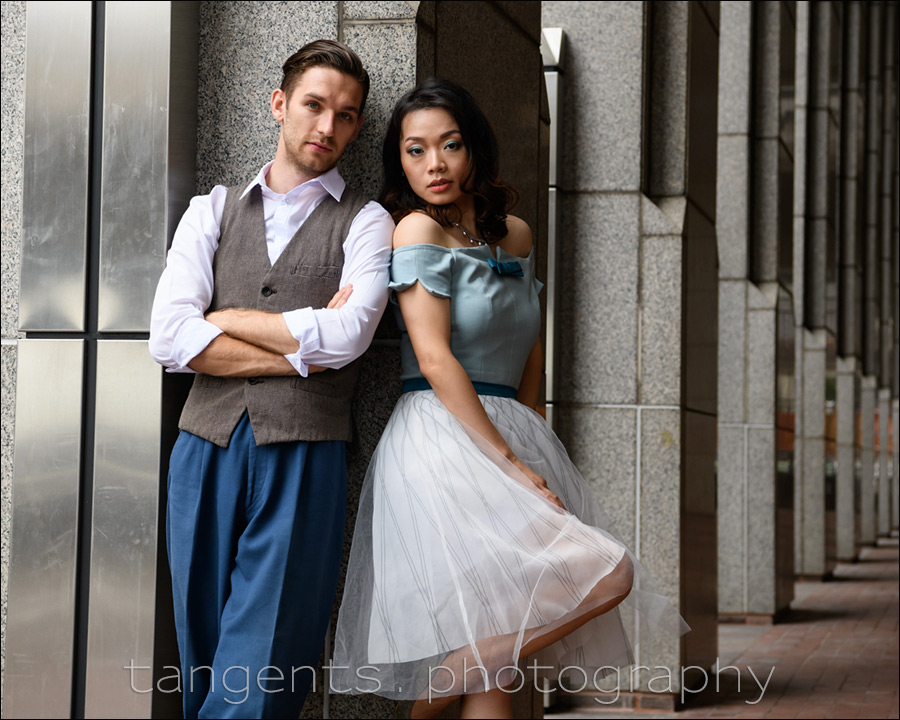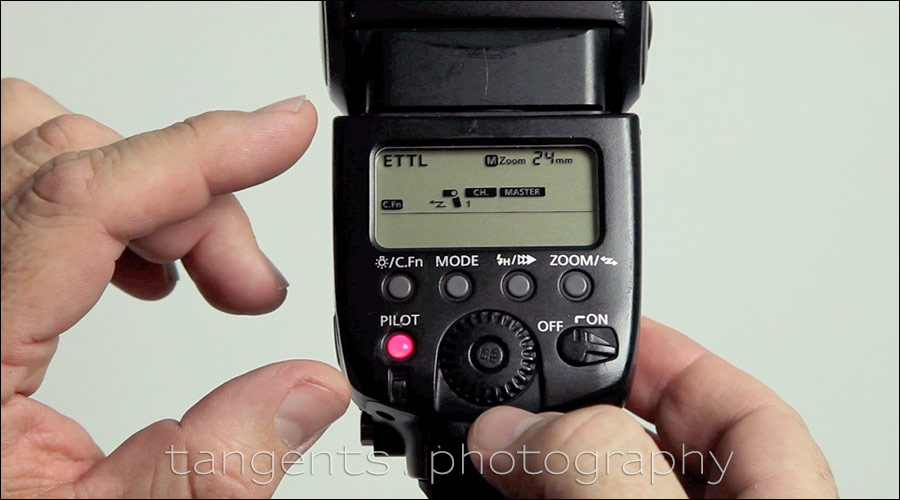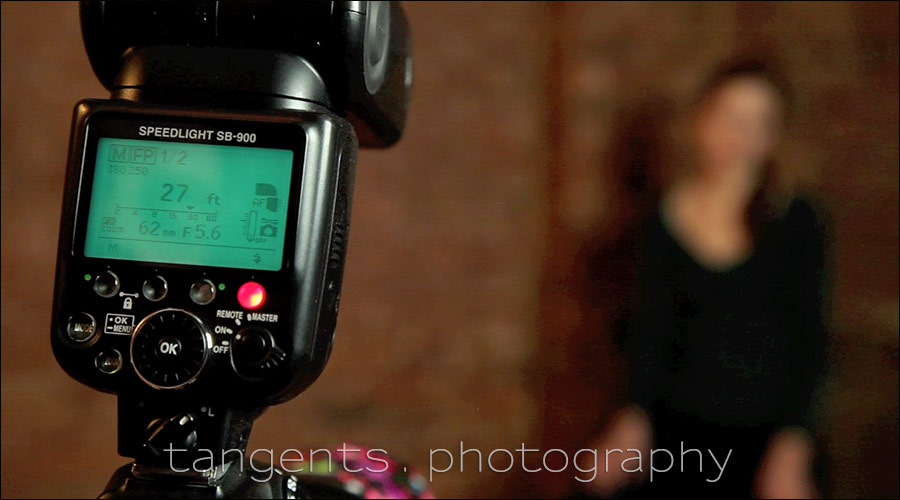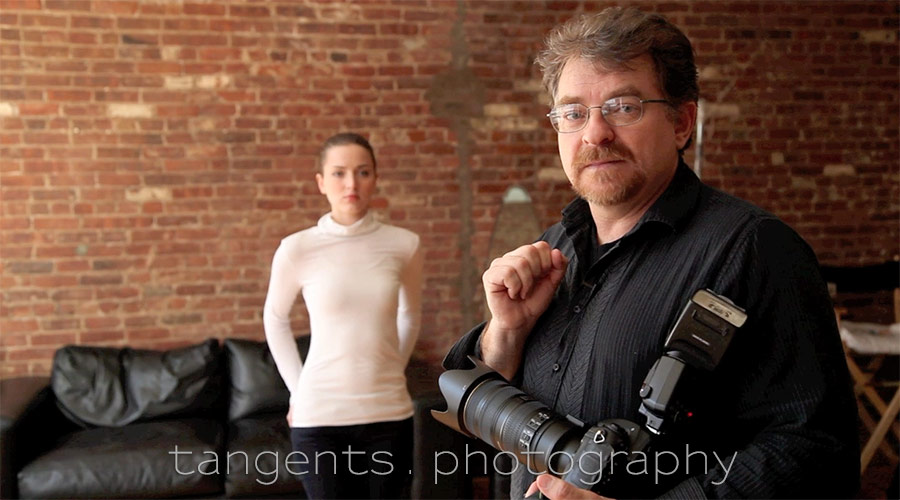Studio photo session with a dancer – gelled flash
Studio photo session with a dancer - gelled flash
Following on the article showing the Outdoor photo session with a dancer, Ella - here is a studio photo session with another dancer - Grace. For this particular sequence, I decided on using gels to add a splash of color to the images. Grace is impressively elegant, with powerful movements when she jumped. As far as the poses and movements were concerned, I again let myself be guided by the expert here - the dancer herself. Similar to how I described the collaborations with Ella (previous linked article), and with Anna Russel, and Read more inside...Outdoor photo session with a dancer
Outdoor photo session with a dancer - Ella
An additional challenge when photographing dancers in movement, is the exact timing. That fleeting pose in mid-air needs to be captured at the exact moment when their feet, hands and the entire body is positioned in ideal way. Some advice about this was given in a previous article on photographing dancers - tips on photographing dancers and ballerinas - but much of it relies on constantly conferring with the dancer, who will know exactly what they want. Ella is a dancer, with a delightfully confident personality - especially so for Read more inside...Silent Shutter / Electronic shutter vs mechanical shutter
Silent Shutter / Electronic shutter vs mechanical shutter
I “accidentally” bought a new camera recently. I had no real intent to. This is going to be a long story ... or a short review. The story starts when I dropped the small camera Fuji X-T20 (affiliate) that I use on a gimbal. While it was still in for repairs, so I went in to my local camera store, to see what I could rent for a gig that upcoming weekend. I idly asked to see the new Fuji X-H1 (affiliate) ... and the moment I tripped the shutter, I knew this was the camera I had been looking for. It has the Read more inside...New York infrared B&W photos
New York infrared B&W photos
It’s Summer again and (intermittently) sunny outside, and the trees are green ... or snow-white as in this B&W infrared photo. The contrasty tones, and the dark skies with bright foliage are typical of B&W infrared photographs. Last year, in this article on mirrorless cameras and B&W infrared, I mentioned how I had searched for a Fuji camera & lens combination that worked without giving me a central hot-spot. I found the Fuji 14mm f/2.8 lens (B&H / Amazon) worked beautifully on my infra-red converted Fuji X-E2, Read more inside...Bounce flash photography and dark ceilings
Bounce flash photography and dark ceilings
With the tutorials here on how to bounce flash, the questions inevitably come up - what if there is nothing to bounce your flash off? What if there are dark ceilings? Well, these limitations do affect how I use flash at events - but I still work according to a few set guidelines that give me the best results with bounce flash. I bounce my flash into the direction that I want to come from, regardless of whether there is a white wall or ceiling. It really is all about the Direction of Light. I also shy away from using any of the Read more inside...Nikon D850 medium RAW files soft?
Nikon D850 medium RAW files soft?
In the review of the Nikon D850 camera, I noted that this near-perfect camera had one major flaw for me - the medium RAW files appear soft. For event work or any kind of volume work, the massive full RAW file is just too much overhead, whether in storage or processing time. I need a RAW file in the 20-24 megapixel range. The medium RAW file of the Nikon D850 (B&H / Amazon) would have been ideal - allowing me to shoot the majority of work as medium RAW, and occasionally flipping over to full-size RAW. I have had several Read more inside...How to set up wireless flash with the pop-up flash
How to set up wireless flash with the pop-up flash
In starting to use off-camera flash, there are some minimum pieces of gear we need. Such as this gear list – starting out with off-camera flash. We don't necessarily need to buy radio triggers immediately. Many new cameras with a pop-up flash, has the ability to have the pop-up flash be a master to optically trigger a slave flash. This is especially helpful if you are on a budget. Later on, when the limitations of optical slaves start to hamper us, can we look at buying radio triggers. Radio controlled wireless triggering of a Read more inside...Video tutorial: Manual flash settings
?
Video tutorial: Manual flash settings
One advantage that the larger speedlights have over the smaller speedlights - aside from more power - is that they show the distance the flash can reach for the specific settings. This video is a continuation of the off-camera flash tutorial series. What is described in this video is also written out in more detail in this article: Practical tutorial: Controls for manual flash exposure. If manual flash seems confusing, then I would recommend checking that article out as well, and then look at this video tutorial on manual flash settings again. Read more inside...Video tutorial: TTL fill-flash
Video tutorial: TTL fill-flash
This video tutorial on TTL fill-flash settings, is the visual counterpart to this article - Flash Exposure Compensation (FEC). Whether you use on-camera bounce flash, or off-camera TTL flash as in this off-camera flash tutorial, you will need to adjust your FEC to control the amount of TTL flash you get. Adjusting the FEC allows you varying degrees of fill-flash. This video and the article on flash exposure compensation explains a sequence where you get to compare how different levels of fill-flash affect your final photograph. Also check out these Read more inside...- « Previous Page
- 1
- …
- 11
- 12
- 13
- 14
- 15
- …
- 103
- Next Page »

